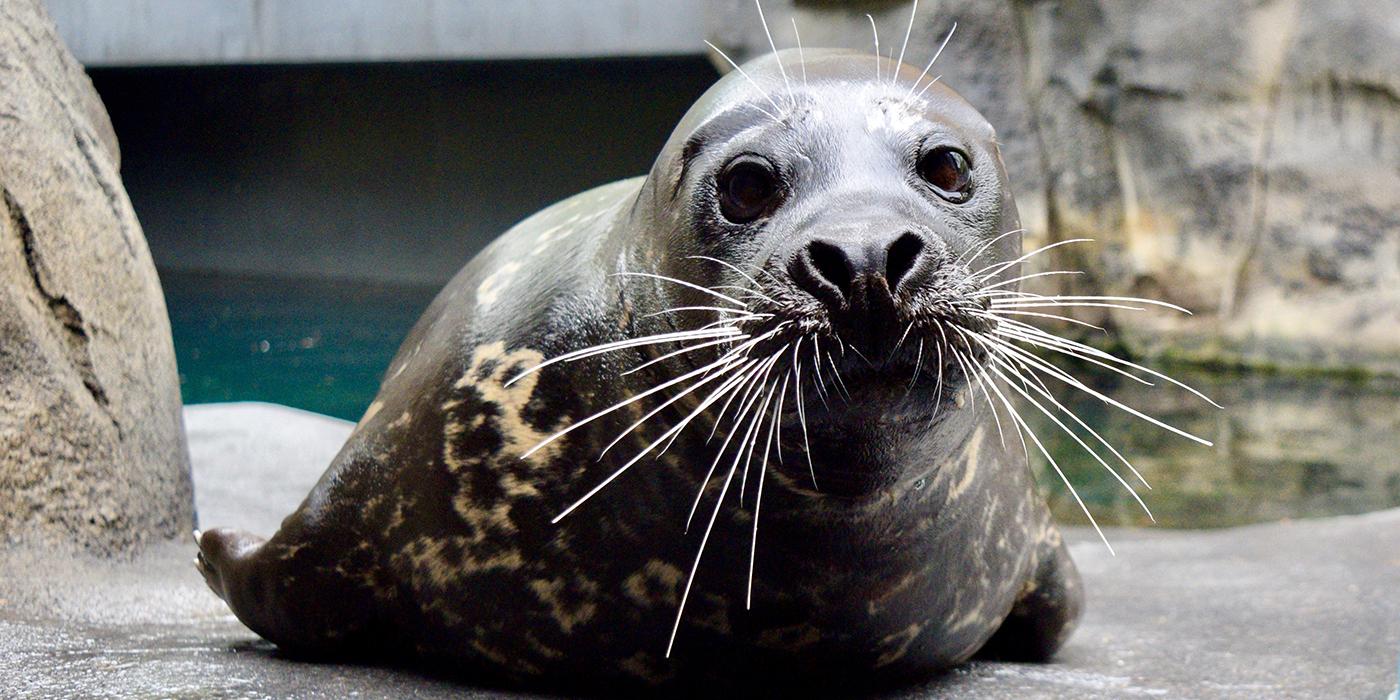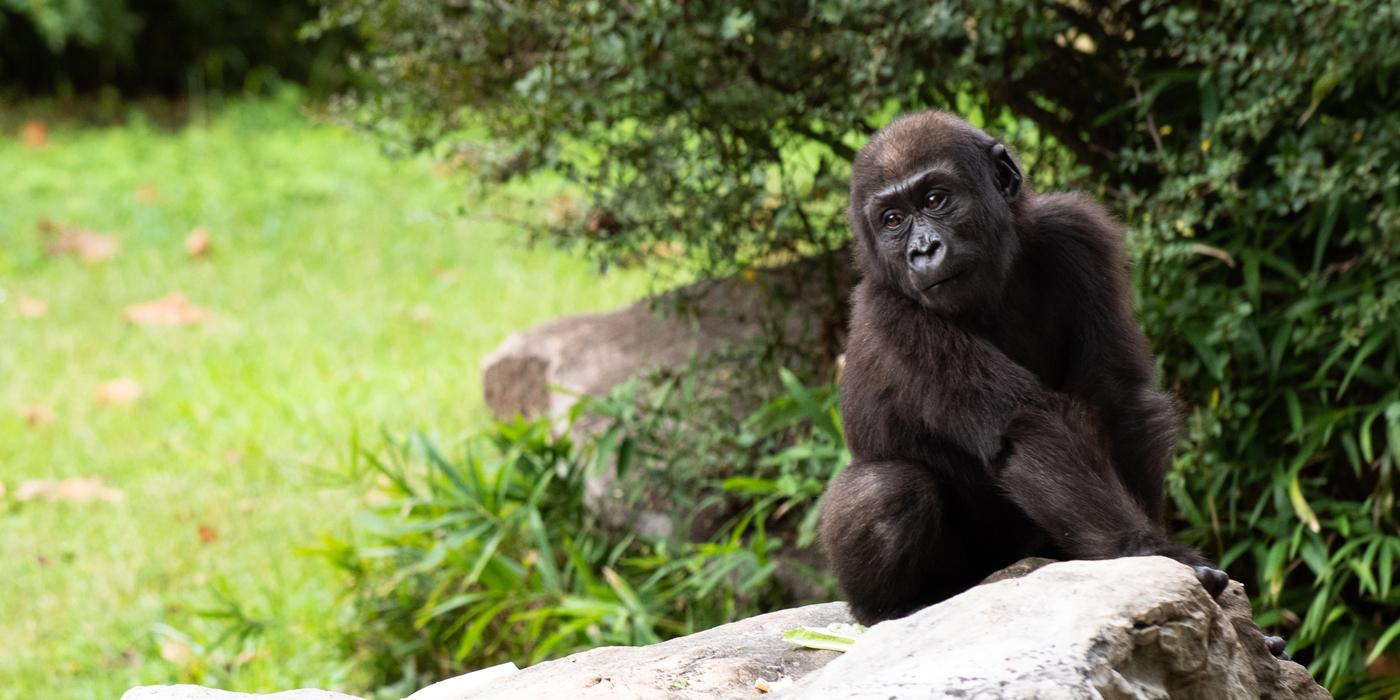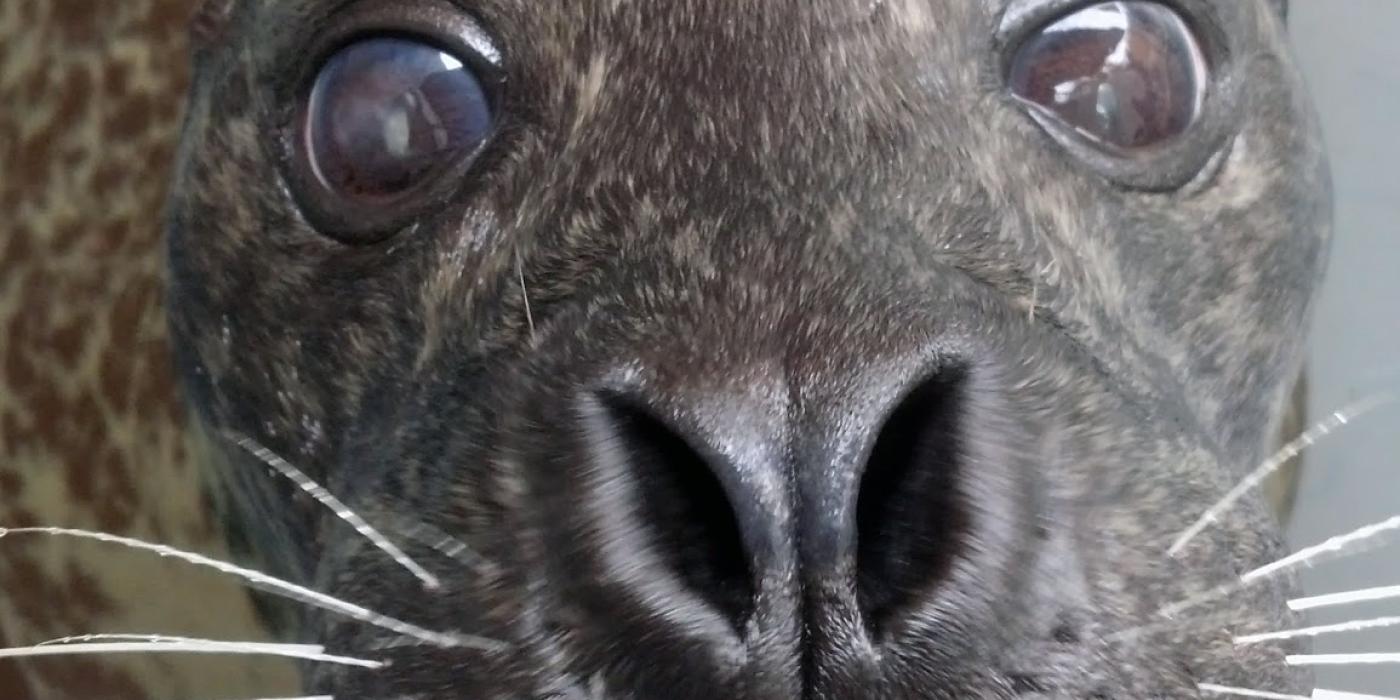How to Care for Harbor Seals
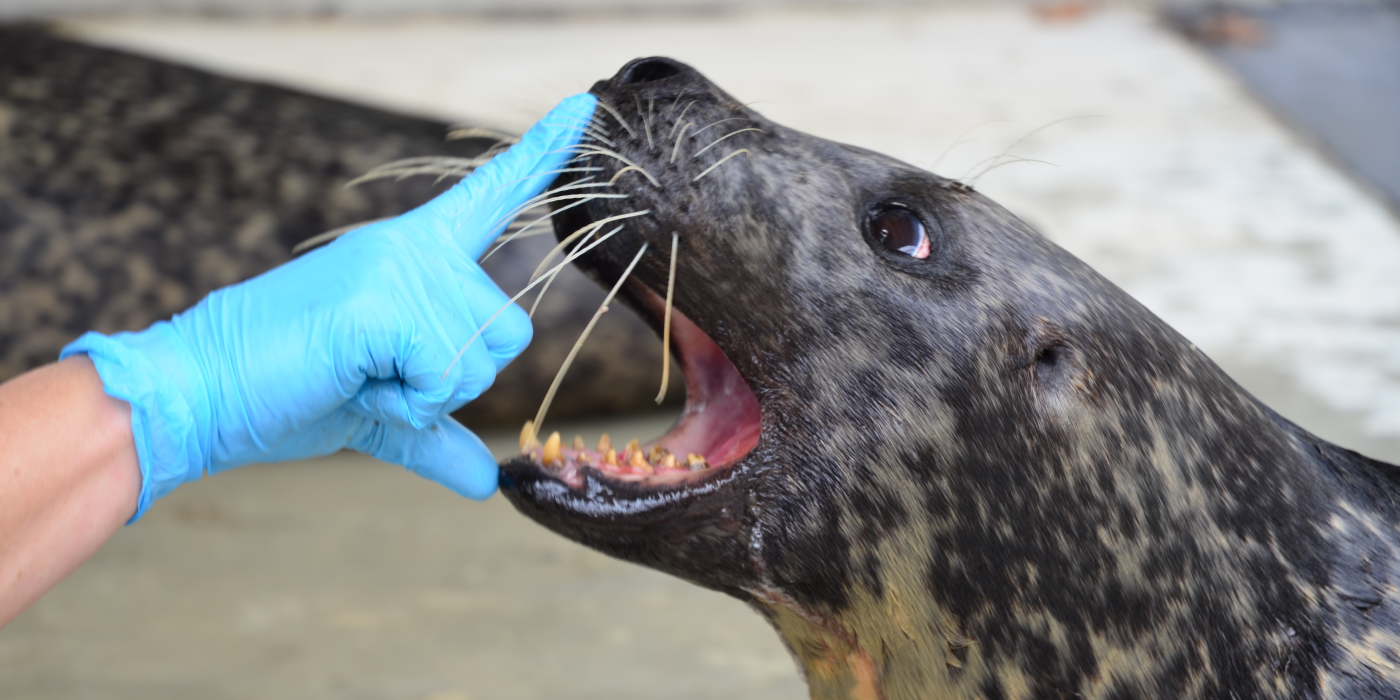
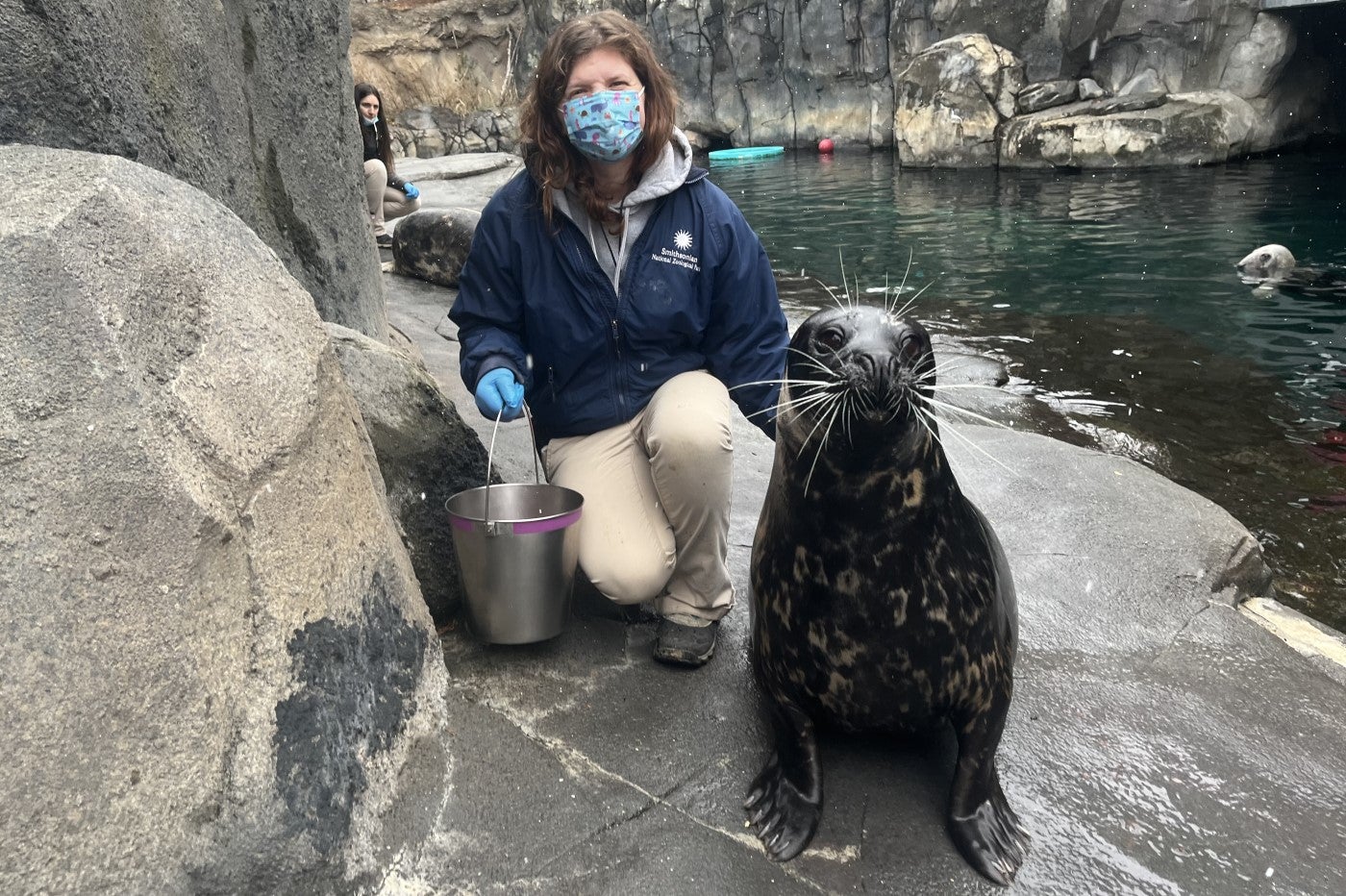
Smithsonian’s National Zoo is home to three species of pinnipeds, or flipper-footed animals: California sea lions, gray seals and harbor seals! All three are a great representation of ocean and coastal wildlife. Harbor seals, also known as common seals, are found along a variety of coasts in the United States, including near some favorite beach vacation spots along the East Coast.
At Smithsonian’s National Zoo, we house our harbor seal with gray seals, but this species can live with other pinnipeds, too. Harbor seals spend a good portion of their day swimming. While they are found in both cold and warm climates, they are better adapted to living in cold water. During Washington, D.C.’s, winters, we allow the pool to remain at an ambient temperature and do not heat the water. However, in the summer we chill the pool to keep it a comfortable temperature for our animals.
When the seals are not swimming, they dry off by sunning themselves on land. We provide them plenty of space to haul out, both in the sun and shade. All our pinnipeds can choose whether to spend time on exhibit—where they are visible to the public—or behind the scenes.
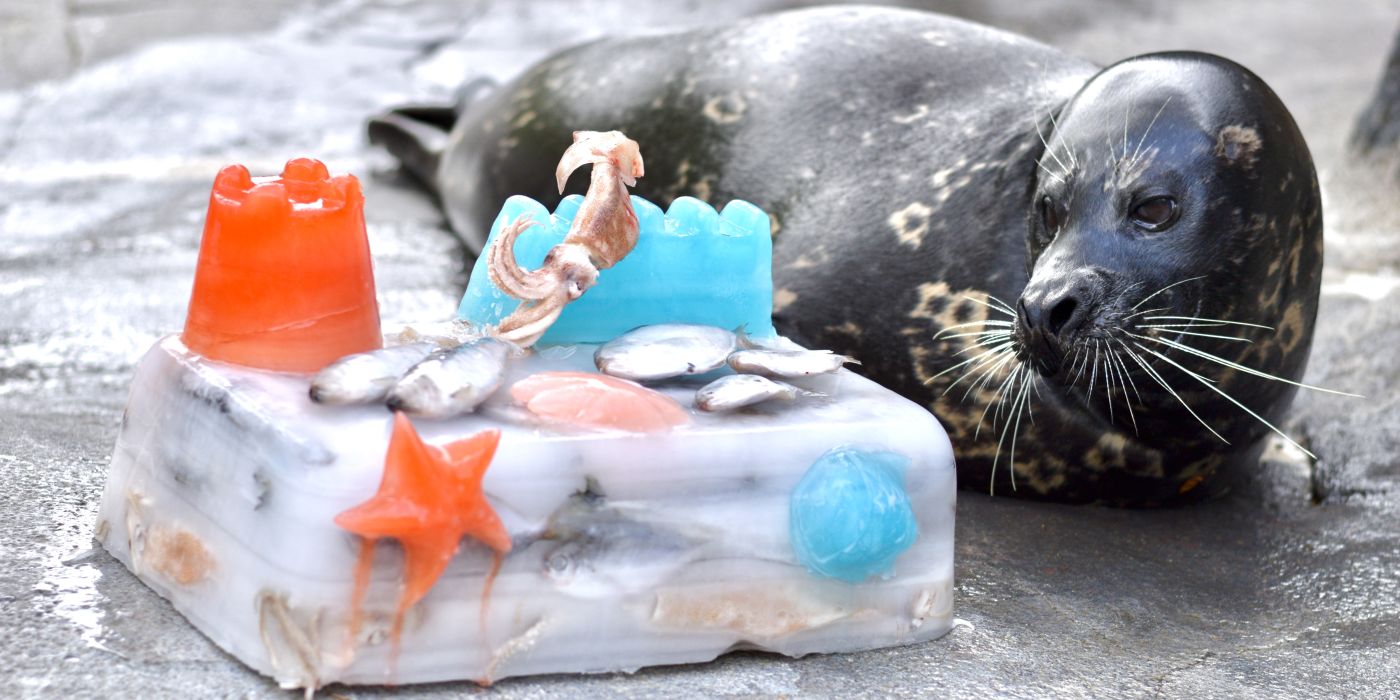
The next time you visit the Zoo, be sure to take a closer look at the seals as they dry off. You may notice they look a little different dry than when they are wet! Many guests are surprised to learn that seals have fur. It’s very short, but it covers their entire body. Think of a wet dog: when they are soaked, their fur clings to their body and lays flat. Then, when it dries, it is much lighter in color and fluffier. Seals’ fur acts the same.
While seals are extremely intelligent animals, as adults they are not naturally playful. We provide a few types of enrichment to keep their minds and bodies active, like balls to push around and fake kelp to swim through. The best enrichment, though, is husbandry training! All our animals on American Trail learn behaviors that enable them to participate in their health care; this lessens our need to anesthetize them to perform routine health evaluations. Through these daily training sessions, we can get an up-close look at each animal and monitor their health.
Currently, we have one harbor seal: a 14-year-old male named Rabbit. Rabbit is a fun challenge to train because he will try to predict what keepers are going to ask him to do! For example, I will start to ask him to touch a target, but he will jump ahead and give me a flipper wave instead. Rabbit is also very alert to what’s going on around him, so we have to work hard to get him to focus.
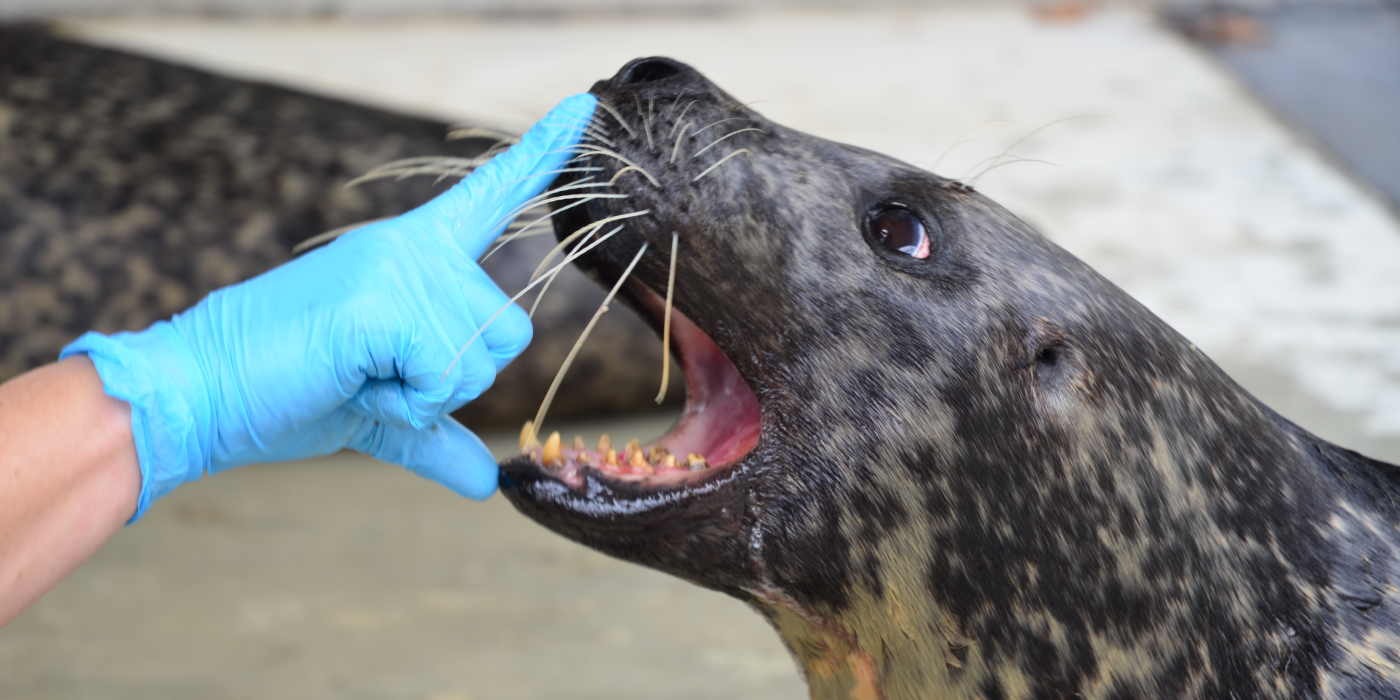
When Rabbit does the correct behavior asked of him, we reward him with a portion of his diet. This is known as positive reinforcement, and it’s a training technique used with many animals at the Zoo. While Rabbit is not very picky with food, his favorite is squid! Knowing this, he doesn’t get it too often. Instead, squid is used for big-ticket behaviors, like voluntary injection training, which makes it an extra special treat to receive.
Rabbit also enjoys eating ice cubes! When we first presented them to him, we weren’t expecting much. We have given our other seals a pile of ice cubes before, and they just dug through the pile to see if there was any fish buried inside. Rabbit surprised us when he started noshing on the ice cubes. Even without fish or squid, he seemed to enjoy the new treat!
Harbor seals will eat just about any fish they can get their flippers on in the wild. Here, we give them herring, capelin, butterfish, mackerel and squid. Our volunteers process about 200 pounds of fish every day; they help us inspect each fish for scrapes, missing parts or anything “off” in their appearance. Pinnipeds are susceptible to diseases their food can carry, so we only feed them the highest quality diet items!
Not every facility feeds their seals the same fish. When Rabbit came to us, we had to introduce him to some new types of fish. When he first received his new diet, he would look at it and wasn’t sure what to do with it. Like with husbandry training, we used positive reinforcement to show him it was okay to eat. Now he eats all the fish we have with the rest of his diet!
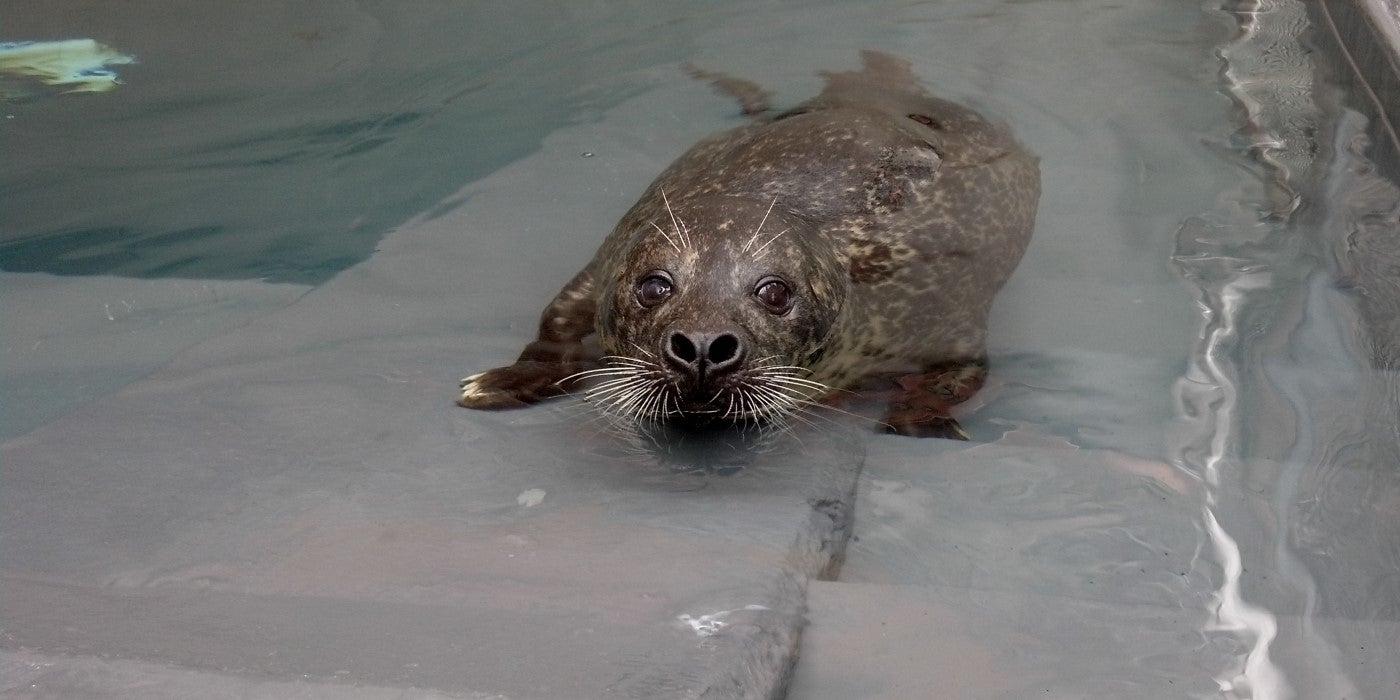
During your next visit to the Zoo, I encourage you to try to identify Rabbit. Some guests mistake him for a pup because harbor seals are much smaller than gray seals. You can also tell the two species apart by their face shape. Gray seals have much larger heads and longer snouts.
For anyone with a passion for pinnipeds like me, know that you can truly make a difference for seals and sea lions in the wild. While harbor seals are listed as least concern by the International Union for Conservation of Nature, they still face threats, including ocean pollution. One of the easiest ways to help seals (and all ocean animals) is to minimize your use of single-use plastics.
If you dream of working with pinnipeds one day, remain persistent. Zookeeping is a competitive field, but gaining experience can help you get your foot in the door. If you are interested in working with harbor seals and other marine animals, volunteering or participating in an internship at any zoo or aquarium is a great way to learn more about marine species and what it takes to care for them!
Eager to get a glimpse of Rabbit and the gray seals? Plan your visit today!
Dive into more stories from our keepers! Check out a variety of stories from all over Smithsonian’s National Zoo and Conservation Biology Institute here.
Related Species:

